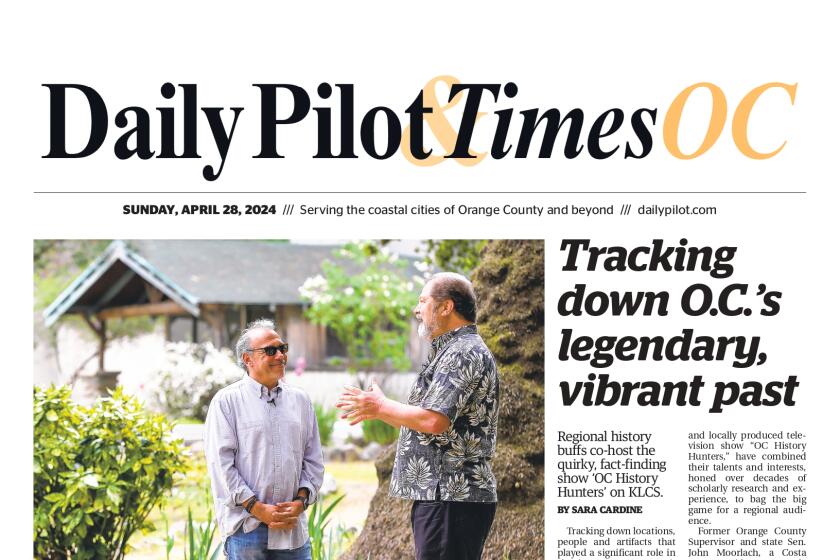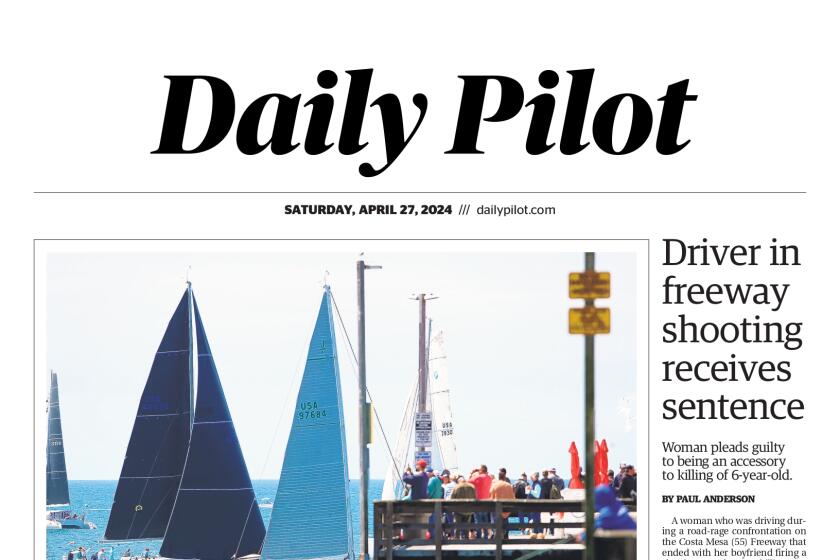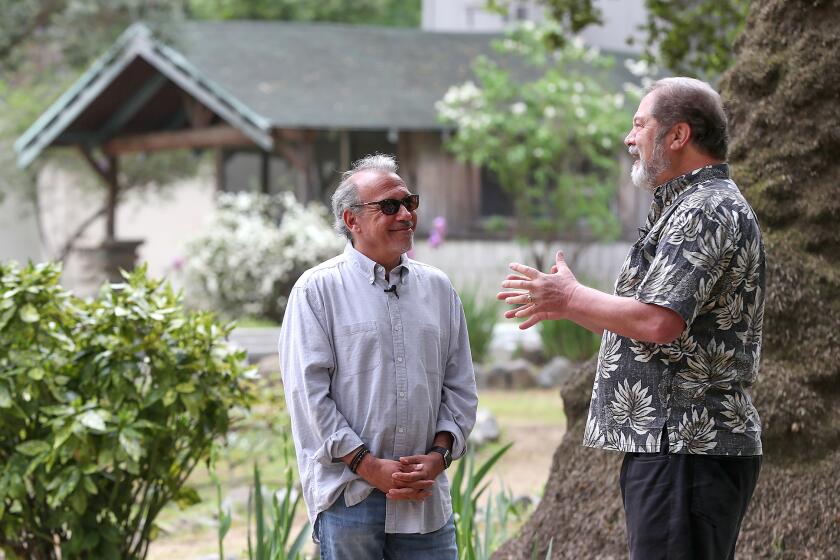Laguna planners hold off on historic homes preservation suggestions, ask for more info
The Laguna Beach Planning Commission on Wednesday said parts of a proposed revision to the city’s historic preservation ordinance lacked clarity and requested more information before making any recommendations to the City Council.
The city is updating the ordinance to more closely align with state and federal preservation standards.
Forty-four speakers addressed commissioners.
Some homeowners echoed concerns from earlier workshops, saying they had no idea their houses were on a city inventory – established in 1981 – until they applied for permits from the city to make changes to their houses such as adding a room, swapping out windows or patching a roof.
The 1981 inventory had 852 pre-1940s houses considered historic based on a handful of factors, including architectural style and association with important historical events or significant people.
Laguna eventually classified properties as E, K or C.
Properties with an E, the highest rating, and K embody the distinctive characteristics of a time period, region, construction method, or represent work of an important creative individual, according to the draft ordinance.
C-rated structures contribute to overall character and history of a neighborhood, but may not be architecturally significant, a city staff report said.
Four years ago the city hired consultant Jan Ostashay to survey the 852 properties on the 1981 inventory.
Ostashay recommended some properties maintain their original ratings while others be downgraded or upgraded, city planner Martina Caron wrote in an email. Other houses had been demolished.
The draft inventory includes 213 structures with a K-rating, 68 with an E-rating and 138 with a C-rating, Caron said.
Planners, just like the city’s Heritage Committee during two workshops last year, wrestled with how to treat C-rated structures. They want to know why the committee initially recommended C-rated properties not be considered historic resources during one workshop but a month later, on a 4-3 vote, suggested C-rated properties remain historic resources.
“Voluntary participation is important,” Commissioner Susan Whitin said. “The irony is the E and K [structures], which derive the real benefits [such as property tax reductions] have the biggest incentives. The C’s, which have fewer incentives, are stuck with involuntary and that seems upside down to me.
“The definition of C’s is very convoluted. The lack of certainty is very destructive to people. It creates a lot of anxiety. You can see it and hear it in people’s voices. It is affecting their health.”
Some speakers Wednesday said the ordinance needs clarity, but approved of rules that acknowledge contributions of C-rated properties while seeking exemptions from added scrutiny under the California Environmental Quality Act.
Commission Chairwoman Sue Kempf said the “overlay” of local rules create complications for homeowners.
“We’re subjecting these people to historic requirements that we are not suited to manage,” Kempf said, adding that many residents already consider preservation a priority. “Everyone lives here because it’s a quaint community. We are very protective of the downtown.”
Commissioners are scheduled to take up the matter again June 7.
Twitter: @AldertonBryce
All the latest on Orange County from Orange County.
Get our free TimesOC newsletter.
You may occasionally receive promotional content from the Daily Pilot.




